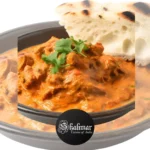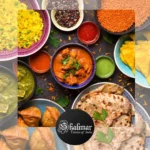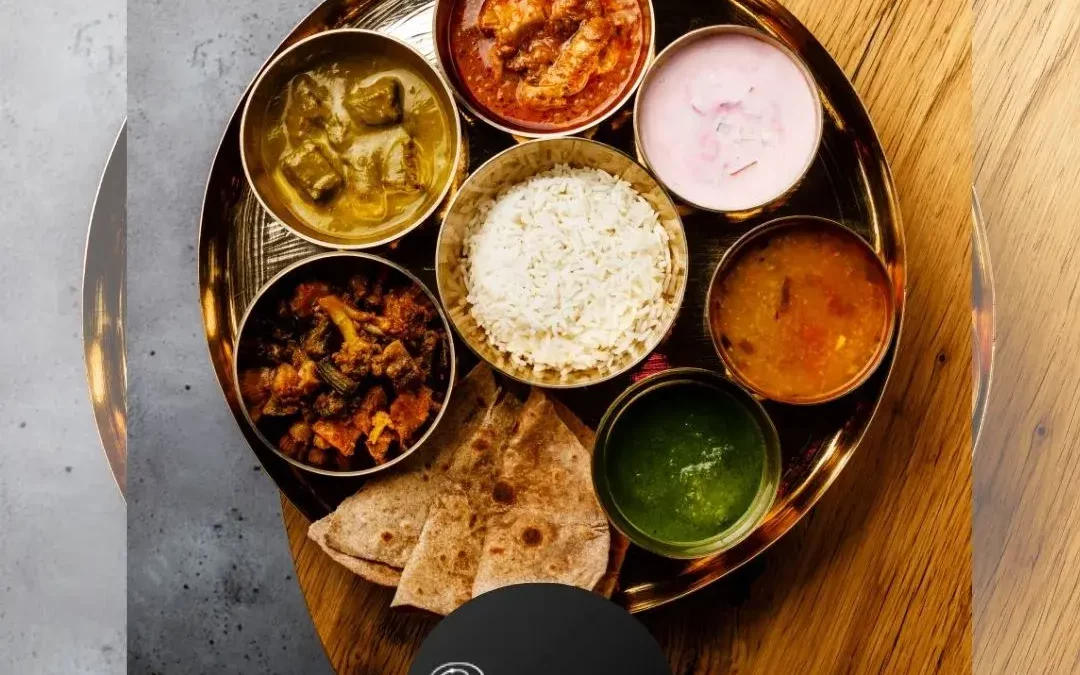
From Roti to Paratha: A Delicious Journey Through Indian Food and Breads
March 20, 2025
Beyond Naan: Indian Food Lovers’ Guide to Different Types of Indian Breads
March 20, 2025Indian cuisine is famous for its rich spices, vibrant flavors, and colorful dishes, but perhaps no element of Indian food is more essential or beloved than its bread. Indian breads are diverse, ranging from fluffy and buttery to thin and crispy, and they form an integral part of daily meals across the country. To truly appreciate Indian food, it’s essential to explore the history and varieties of its breads.
A Brief History of Indian Breads
Bread-making in India dates back thousands of years, tracing its roots to ancient civilizations in the Indus Valley. Historical records suggest that early versions of Indian bread were simple flatbreads made from ground grains, cooked on hot stones or open fires. With time, cultural influences from Persia, Central Asia, and the Middle East enriched the bread-making tradition, introducing refined baking techniques and new bread varieties.
For instance, the well-loved naan bread, now synonymous with Indian restaurants worldwide, originated with Persian influences during the Mughal period (16th-19th centuries). Similarly, paratha, another classic bread, evolved significantly during the medieval era, combining indigenous cooking methods with Persian traditions.
Exploring the Variety of Indian Breads
Indian food is deeply regional, and breads are no exception. Each region boasts its distinctive breads, reflecting local tastes, climate, and available ingredients. Here are some popular Indian breads and their characteristics:
Naan
Perhaps the most internationally recognized Indian bread, naan is soft, leavened, and typically cooked in a tandoor oven. Often flavored with garlic, butter, or herbs, naan is commonly paired with rich curries and creamy dishes.
Chapati (Roti)
Chapati, also called roti, is India’s daily bread made from whole wheat flour and water. Cooked on a flat griddle (tawa), it’s lighter, healthier, and a staple accompaniment to vegetables, lentils, and simpler meals.
Paratha
Paratha is a flaky, layered bread made by repeatedly folding and rolling the dough with ghee (clarified butter). It often includes fillings like spiced potatoes, cauliflower, or paneer cheese, making it a hearty meal on its own, particularly popular at breakfast.
Poori (Puri)
Poori is a delightful fried bread made from wheat flour dough, puffed up to form crispy yet soft golden spheres. Traditionally served during festive occasions or special meals, pooris pair wonderfully with spiced potatoes or chickpea curry.
Dosa
Originating from Southern India, dosa is a fermented rice and lentil-based crepe. Thin, crispy, and flavorful, dosas are traditionally filled with spiced potatoes or served with coconut chutney and tangy lentil soup (sambar). This gluten-free option highlights the diversity of Indian food choices.
Bhatura
Bhatura, popular in Northern India, is a deep-fried bread made from fermented dough, resulting in fluffy, indulgent bread typically served with spiced chickpeas (chole). The combination is beloved street food and comfort food across India.
The vast variety of Indian breads reflects India’s cultural richness and regional diversity, making bread an essential and beloved aspect of Indian food. Understanding their history and unique qualities enhances not just your knowledge but also your appreciation and enjoyment of Indian cuisine.
READ MORE:
From Roti to Paratha: A Delicious Journey Through Indian Food and Breads
Beyond Naan: Indian Food Lovers’ Guide to Different Types of Indian Breads

